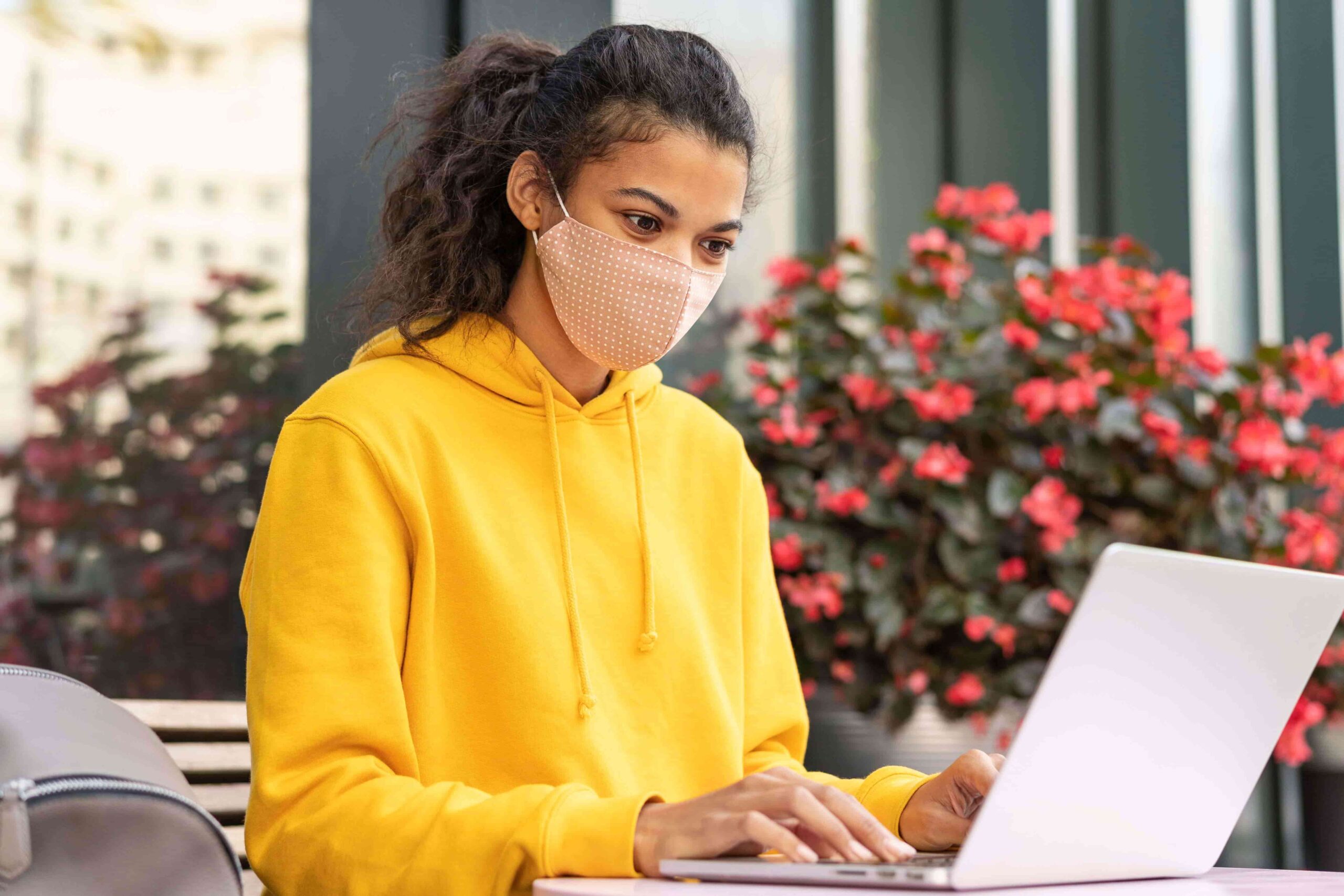What is respiratory hygiene?
We don’t always know who is infectious and who isn’t because some people cough without having respiratory infections (for example, people with chronic obstructive pulmonary disease). As a result, respiratory cleanliness and cough etiquette are critical components to avoiding illness and preventing others from becoming ill. Respiratory hygiene, like hand hygiene, is one of the standard measures that should be practiced to avoid pathogen spread.


What is the significance of cough etiquette?
You are already aware that you should cover your mouth while coughing, but did you know theres a proper way to do it, as well as a not-so-proper manner? When you are coughing all the time, doing it the right way will definitely be the last thing on your mind. But it sort of becomes a requirement when you are around other people.
Cough etiquette refers to a set of steps to do if you are coughing or sneezing in order to prevent the spread of respiratory infection to others. Colds and flu have the power to spread easily through the air via germ transmission carried by droplets. Infection transmission can be decreased if the dispersal of these droplets is restricted. Coughing etiquette can aid in the containment of infectious respiratory droplets at their source.
The basic etiquettes
To best protect others from getting infected, too, the most important thing you can do is stay at home and avoid spreading your germs to school, work, or anywhere else. If youre already in public and coughing or sneezing, its imperative that you wear a face mask.
- A face mask will limit the number of respiratory droplets that escape into the open air and infect others. It safeguards both you and others around you.
- If you dislike the sensation of coughing or sneezing into a wet mask, always carry along a few extra face masks to swap out.

But, what do you do when you don't have a mask?

